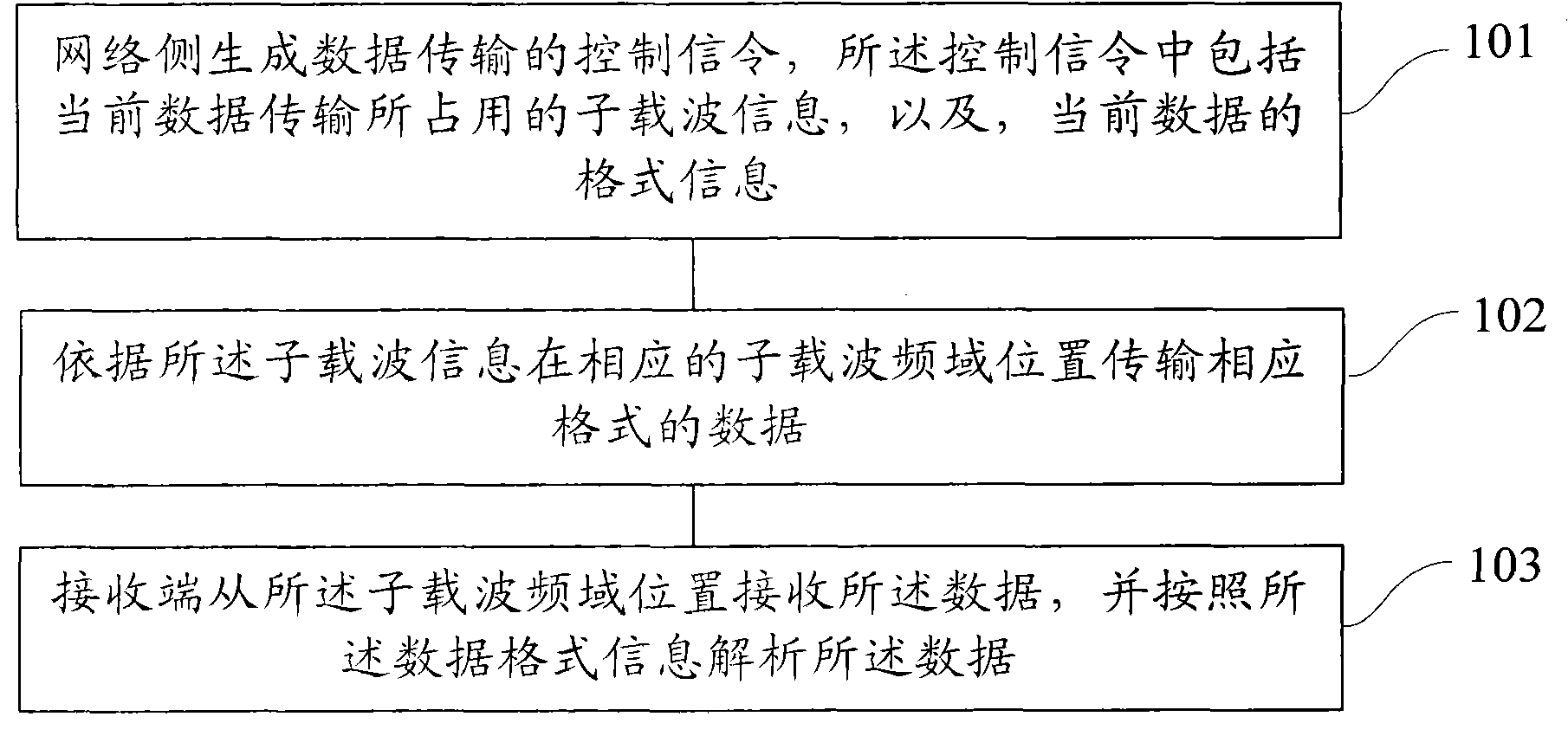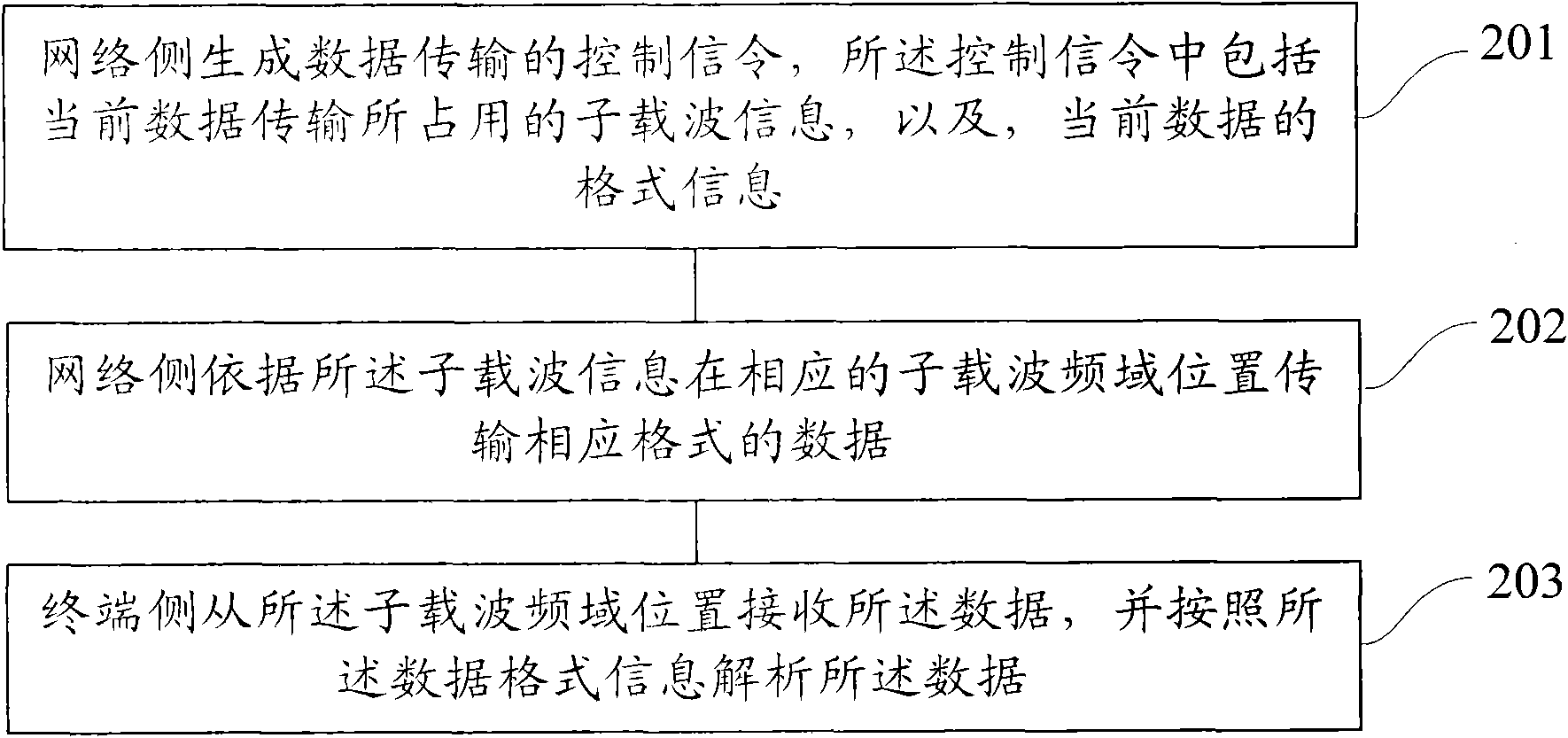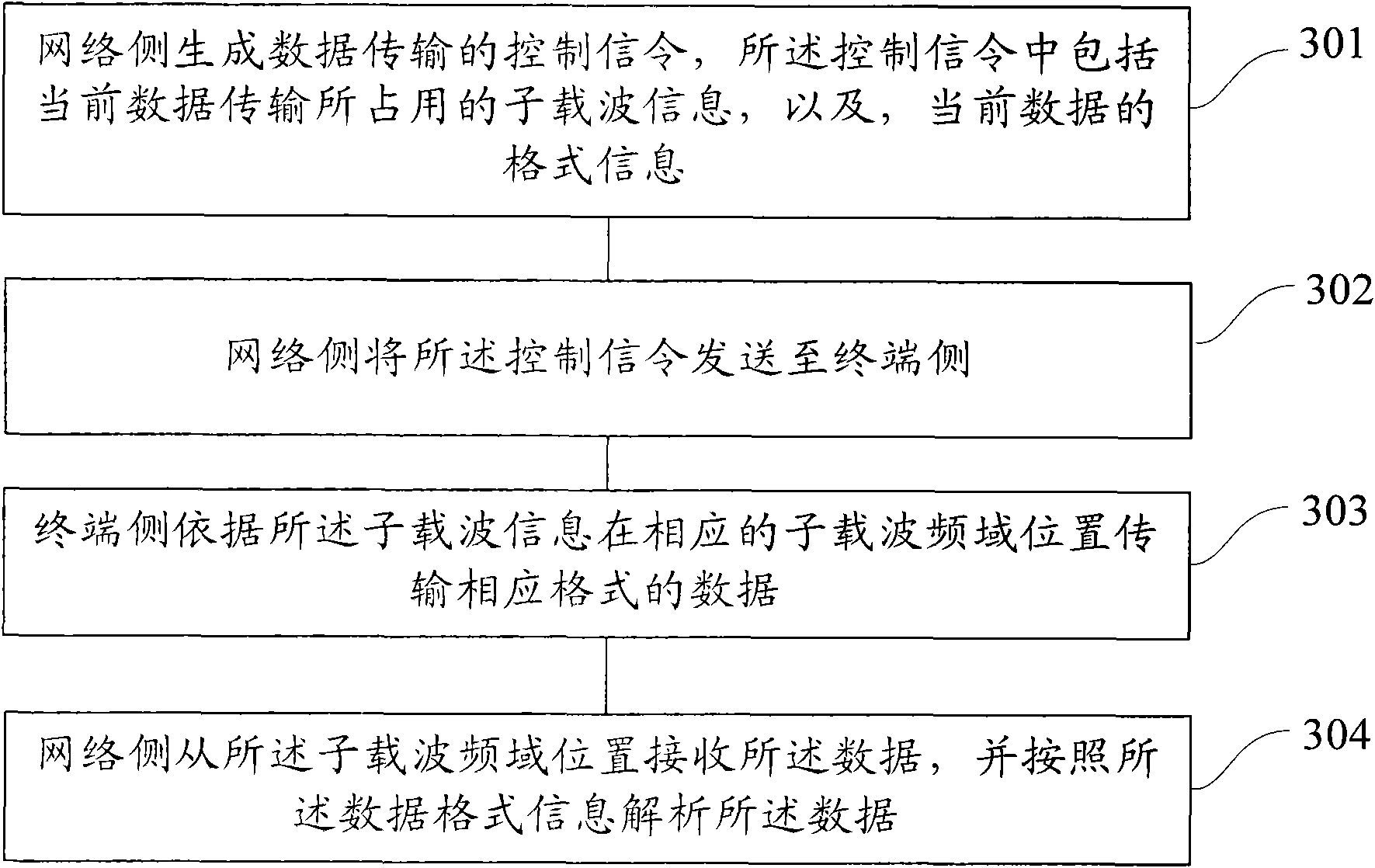Method and system for realizing application of LTE (Long Term Evolution) in Internet of things by improving distribution of frequency domain resource
A technology of frequency domain resources and the Internet of Things, which is applied to improve the allocation of frequency domain resources to realize the application and system field of LTE in the Internet of Things. reliability effect
- Summary
- Abstract
- Description
- Claims
- Application Information
AI Technical Summary
Problems solved by technology
Method used
Image
Examples
example 1
[0076] Assuming that under the 1.4M system bandwidth, a certain uplink service only needs to transmit 1 bit of information, and the network side allocates 1 subcarrier for the service in the control signaling, the subcarrier number is 18, and its modulation mode is BPSK (two phase shift key). Control modulation), and then send the control signaling to the terminal side;
[0077] In this case, the process of sending on the terminal side is: the terminal side modulates the 1-bit information into a BPSK modulation symbol via BPSK, and then places the BPSK modulation symbol on the frequency domain position of subcarrier number 18. At this time, The baseband data preparation is complete; after DAC, up-conversion to 2.35G, and power amplification, the data can be sent out from the antenna port.
[0078] The receiving process on the network side is: the network side first down-converts the acquired data, passes through the ADC to obtain the baseband data, and then analyzes the correspondi...
example 2
[0080] Assuming that under the 1.4 system bandwidth, the VoIP service needs to transmit 24 bits of information. The network side allocates 24 subcarriers for the service in the control signaling. The subcarrier numbers are from 0 to 23, that is, the RBs numbered 0 and 1 are allocated to Use this service and set its modulation mode to BPSK modulation.
[0081] In this case, the process of sending on the terminal side is: the terminal side modulates the 24 bits of information into 24 BPSK modulation symbols via BPSK, and then places the 24 BPSK modulation symbols in sequence on the subcarrier numbers from 0 to 23 At this time, the baseband data preparation is completed; then through the DAC, up-conversion to 2.35G, after power amplification, the data can be sent out from the antenna port.
[0082] The receiving process on the network side is: the network side first down-converts the received data, passes through the ADC to obtain the baseband data, and then analyzes the corresponding...
PUM
 Login to View More
Login to View More Abstract
Description
Claims
Application Information
 Login to View More
Login to View More - R&D
- Intellectual Property
- Life Sciences
- Materials
- Tech Scout
- Unparalleled Data Quality
- Higher Quality Content
- 60% Fewer Hallucinations
Browse by: Latest US Patents, China's latest patents, Technical Efficacy Thesaurus, Application Domain, Technology Topic, Popular Technical Reports.
© 2025 PatSnap. All rights reserved.Legal|Privacy policy|Modern Slavery Act Transparency Statement|Sitemap|About US| Contact US: help@patsnap.com



